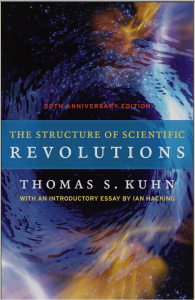 In 2013 I was interviewed during the creation of a book called Person-Centered Care, part of a project called Co-Creating Healthcare produced by Danish firm Sustainia and the German firm DNV GL. It’s a remarkable project – a series of three substantial books, all distributed as free downloads on the project’s site. (They also have print editions, but I don’t see any way to buy one!)
In 2013 I was interviewed during the creation of a book called Person-Centered Care, part of a project called Co-Creating Healthcare produced by Danish firm Sustainia and the German firm DNV GL. It’s a remarkable project – a series of three substantial books, all distributed as free downloads on the project’s site. (They also have print editions, but I don’t see any way to buy one!)
In January they completed the third phase of the project, a series of roundtables in Europe, China and the Americas: The State of Healthcare: From Challenges to Opportunities. I participated in the Washington meeting, and they asked me to write a foreword for the final book, which was released last month.
Because the foreword focuses on the “defining a new science of patient engagement” theme I’ve been writing about, I want to re-post it below.
As you can see by browsing the books on the project site, the whole Co-Creating Healthcare project is amazing in its depth (and the beauty of the book spreads), so I’m just thrilled that for the foreword of the final book, they chose this idea. Thank you!


 #3 in a series. Previous entries:
#3 in a series. Previous entries: